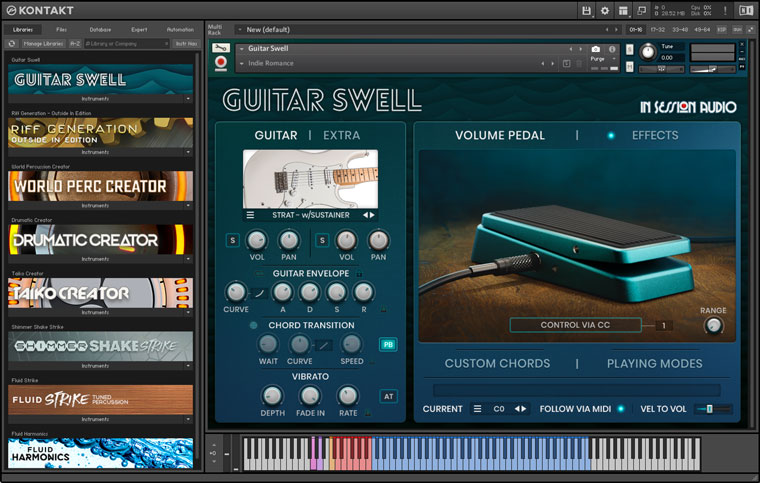A TALE OF TWO TONGUE DRUMS
THE INS AND OUTS OF MAKING HIGHLY USABLE SAMPLE SETS FOR KONTAKT
It’s been seven years since I first set up a pair of microphones, determined to sample the essence of a beautiful, 12-note model tongue drum so I could play it from Kontakt.
This hand-crafted instrument presented a major stroke of beginner’s luck:
It was well tuned, tonally balanced and perhaps most importantly: striking one note didn’t cause every other tongue/note on the instrument to ring out.


Why is it important that each note ring out without disturbing the rest of the instrument? Think about it this way:
If you are sampling one note, let’s say a D, and two other tongues resonate each time the D note is struck (let’s say those tongues are A and F notes - creating a subtle Dm tonality) then once that D note is transposed in the sampler this “sympathetic overtone cluster” gets transposed, too.
So if you played a D note followed by a D#, you get the sound of a Dm followed by a D#m. Probably not helpful.
Although it's nice to let other notes resonate with the main note (to achieve a more natural sound), this approach typically yields a sample set that is limited to the natural range and key of the instrument.
The Not-So-Nice Tongue Drum
Since recording my first tongue drum, I’ve sampled more instruments than I ever thought would pass in front of me. I’ve found, as a general rule, that the more interesting or exotic, the more difficult it is to turn it into a playable sampled instrument.
One such instrument is the rare Oscar Schmidt Osi Drum.


Left in its natural state it was difficult to get a solid note from this tunable tongue drum. With each tone bar resting on strips of metal shared with its neighbors, hitting one bar would set off half of the others to “sing” and rattle along. Not good.
The solution was to remove every tone bar but the one being sampled at that moment.


I suspect the Osi drum is rare due to its “unique” (ahem) design. But with some patience, a wrench, and pieces of an exercise matting to mute all the other remaining parts, the recording session produced a highly playable sample set.
Article by: Kyle Z






